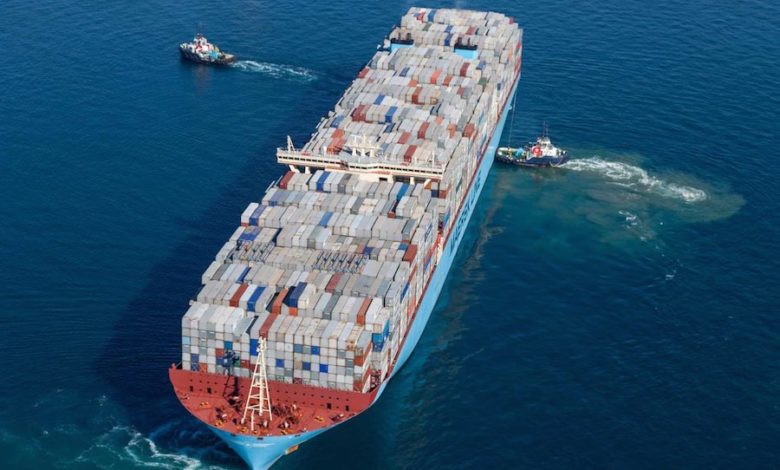Health, safety and the blockchain

Jody Cleworth, CEO, Marine Transport International, adds to our growing debate about how this revolutionary technology can transform shipping. He looks at how blockchain can help health and safety.
Who doesn’t like a good buzzword? There’s always something that’s flavour of the month for a bit, before it dies down and is either discarded or becomes part of the fabric of life. Currently, it’s blockchain.
Blockchain technology has been around for a while, but it’s only recently that people have started to apply it to logistics. As with anything new, we’re going through the phases of how it can be used – first, it’s all talk, as people work out what it is and can then see potential in a broad sense. Then it becomes about using it in specific environments – that’s where we get tests, and pilot programmes. Finally, there comes the actual application – finding the best use in the right context and running with it. I think most people are currently somewhere between phase one and phase two – a lot of talk, a bit of testing, not a huge amount of application. Just recently there was a good piece by Neville Smith about creating a new maritime internet on this very site, and no blockchain-in-shipping article can now go without mentioning the two big blues, IBM and Maersk, partnering.
What I’d like to look at, however, is how it can help improve health and safety.
The key is transparency – a tool or product built using public blockchain technology can give everyone involved in the transaction a view of all the data captured. How does that help health and safety? One of the challenges we’ve long had is not all information being available to all parties involved. To get a box from A to B involves multiple organisations, all with their own ways of working. That creates paperwork and complexity. By having a single version of the truth, everyone involved can see what they need and fully understand what’s involved in the shipment.
For instance, every container that is loaded onto a vessel needs a verified gross mass (VGM) certificate, following the introduction of the IMO SOLAS VGM regulations in July 2016. The regulations only really apply to containers being loaded onto ships, and as with most things in shipping, once new regulations were announced, a huge variety of options appeared. Each requires interacting with a different set of systems and processes – with a blockchain-enabled product, however, VGM information can be captured at load point, sharing data with all interested parties, and then the container can be dispatched. That means hauliers know they are transporting containers that haven’t been incorrectly stuffed or are overweight, because they have access to the information they need. Terminals know containers arriving to gate-in are certified, and carriers are loading containers with complete access to required documentation. Overweight containers aren’t even getting on the road, never mind near a ship.
And this is happening, it’s not just theory – the likes of Cycle Link UK and the Kestrel Group are using a blockchain-enabled tool to speed up VGM certification.
Ultimately, we’re in a business that uses big, heavy modes of transport to move big, heavy steel boxes around in often dangerous environments. If we can remove the unknown from those situations, then we’ll being taking a big step in improving health and safety. At a point where the vast potential of blockchain, and digitalisation in general, is almost giving people too much choice (which is probably why shipping is embracing digitalisation without knowing what it means, according to a recent survey), focusing on something that can make a difference now will help us all move from that uncertain phase to enjoying the benefits of actual application.
